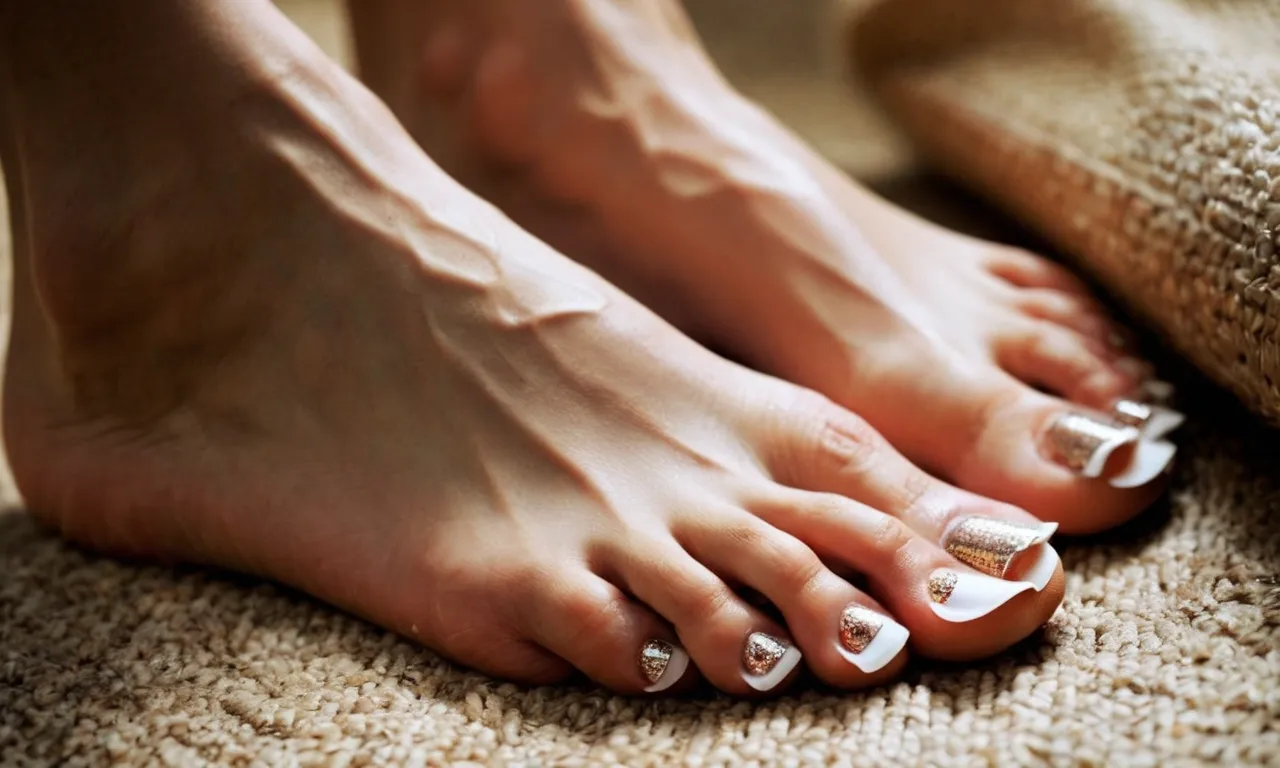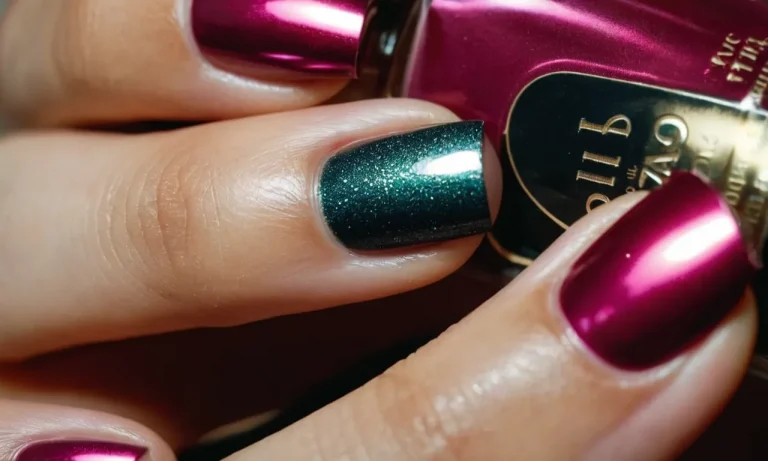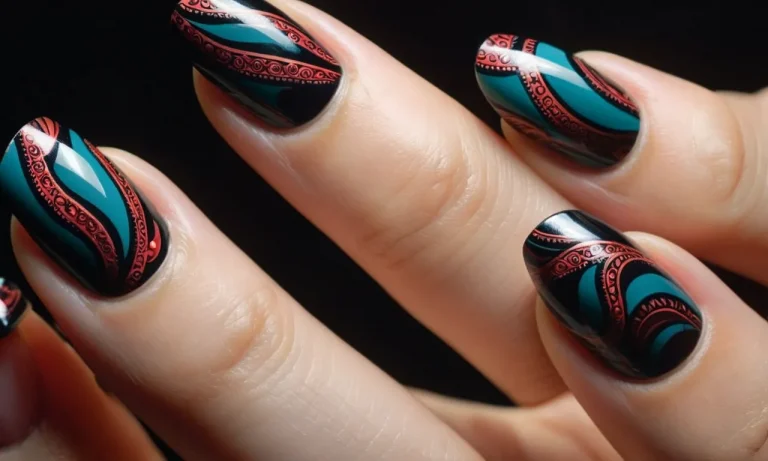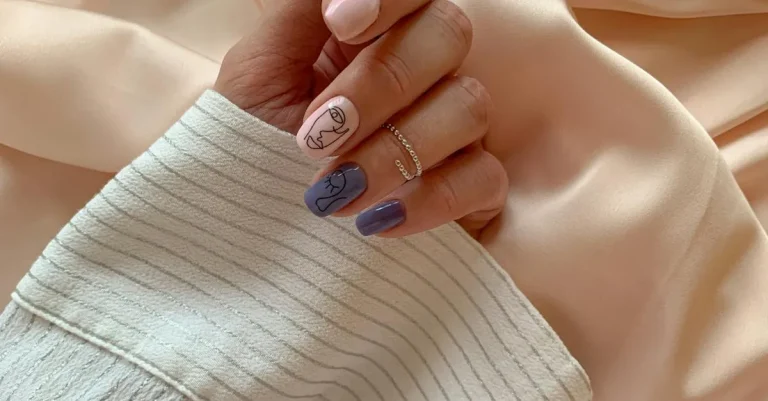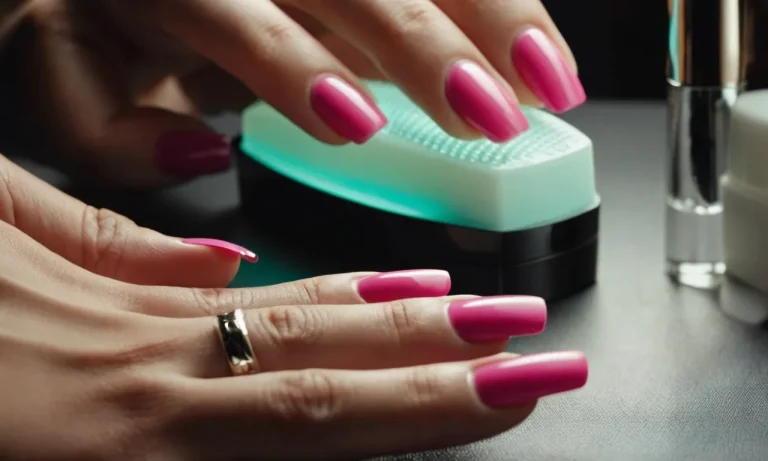How Often Should You Cut Your Toenails?
If you’ve ever wondered how often you should trim your toenails, you’re not alone. Proper toenail care is important for maintaining good foot health and preventing problems like ingrown toenails. In this comprehensive guide, we’ll discuss everything you need to know about how often to cut your toenails.
If you’re short on time, here’s a quick answer to your question: Experts recommend trimming your toenails once every 4 to 6 weeks on average. However, factors like nail growth rate, age, and activity level can affect the ideal toenail cutting frequency.
What Factors Determine How Often To Cut Toenails?
Nail growth rate
The rate at which toenails grow varies from person to person. On average, toenails grow about 1-2 millimeters per month. However, factors like age, genetics, nutrition, and health conditions affect nail growth rate.
Younger adults tend to have faster growing nails than older adults. The aging process slows down cell turnover and nail growth. Genetics also play a role, as some people are predisposed to faster or slower nail growth.
Getting adequate nutrition promotes faster nail growth. Biotin, iron, zinc, and protein are particularly important. Health conditions like hypothyroidism or diabetes can slow nail growth.
Age
Age significantly impacts how often toenails should be trimmed. Infants and toddlers need their nails cut about once a month. For young children under 10 years old, every 2-3 weeks is sufficient. Older children and younger adults may need to cut every 2 weeks.
As we age, nail growth slows down. Older adults over 60 may only need to trim their toenails once every 4-6 weeks. The thicker toenails of the elderly also take longer to grow out.
Activity level
People with active lifestyles need more frequent toenail trims. Athletes and runners should trim their nails every 1-2 weeks. Long toenails are more likely to get damaged or stressed during sports.
Those with more sedentary lifestyles can go longer between trims. However, even inactive people should cut toenails at least every 4-6 weeks to maintain good foot health.
Health conditions
Certain medical conditions affect nail growth rate. Fungal infections, psoriasis, and poor circulation reduce growth. Diabetes and hypothyroidism also slow down turnover of nail cells.
People with these conditions may only need to trim their toenails every 2 months. Always check with a podiatrist to determine the safest trim frequency for your unique health situation.
Signs It’s Time for a Toenail Trim
Overgrown nails
If your toenails are extending past the tip of your toe by more than a couple millimeters, it’s a sign they are overgrown and need to be trimmed (source). Overgrown toenails can make wearing shoes uncomfortable and increase your risk of ingrown toenails.
As a general rule, you should trim your toenails every 4-6 weeks to keep them at a proper length. Use nail clippers specifically designed for thicker toenails. Make straight across cuts and avoid rounding the edges.
Thickened or discolored nails
In addition to length, also watch out for changes in thickness or color of the nails. If they are getting noticeably thicker, yellow, or brown, it may indicate a fungal toenail infection. Letting the infection go untreated by not trimming the nails allows the fungus to spread (source).
Regular trimming helps keep the infection contained while using topical antifungal treatments. Thick nails are also more prone to ingrown toenails. Filing and trimming down thick nails helps prevent this painful problem.
Curling or ingrown nails
If the edges of the toenails start to curl downward and dig into the skin, it is the beginning stage of an ingrown nail. The overgrown nail edges rub against socks and shoes, gradually curling under as pressure is applied (source).
Trimming them straight across gives the curled edges a chance to grow out properly. If redness and swelling has already occured from an ingrown nail, make an appointment with your doctor for medical treatment. Leaving ingrown nails untreated can lead to infection.
Snagging on socks or tights
Nails that snag and run in your socks or rip your tights are in serious need of a trim! Jagged edges easily catch on fabrics and run stockings (source). Use nail clippers or nail scissors to carefully snip off any extended, rough edges.
File the nails smooth again their natural curve to eliminate any remaining sharp corners. This helps inhibit future snags. Rough nails also increase risk of scratching your partner during intimate moments, so keep those nails tidy!
How To Trim Toenails Properly
Gather supplies
Trimming your toenails properly starts with having the right tools. You’ll want to gather a few key items before beginning:
- Nail clippers – Look for a sturdy pair of clippers designed specifically for thicker toenails.
- Emery board – Useful for smoothing any rough edges after clipping.
- Towel – To catch nail clippings and to prop your foot up on.
- Bowl of water – To soften nails first (see next step).
- Antiseptic wash – For cleaning nails afterwards.
Soften nails
Before cutting, it’s advisable to soften your toenails by soaking them briefly in warm water. This makes them easier to trim without cracking or splintering the nails.
Fill a bowl with comfortably warm water and soak the feet for 5-10 minutes. This simple first step can prevent a lot of pain and problems!
Cut straight across
When ready to cut, prop your foot up on a towel and trim each nail straight across – not in a curved shape. Go slowly and carefully to avoid cutting the skin.
According to podiatrists, cutting toenails straight across reduces ingrown toenail risk. Curving the edges inadvertently leads to pointed, sharp corners that can dig into the skin.
Round edges
Use the emery board to gently file the edges of each nail, rounding them into a smooth curve. This removes any remaining sharp bits and prevents future ingrown toenails.
Be extra careful filing down the corners – that’s typically where ingrowns start. Take time with this step to round things off properly.
Clean up nails
Finally, use a cotton pad or swab soaked in antiseptic cleanser to wipe down the nails and remove any debris. This prevents potential infection and keeps feet fresh.
And just like that, you’ve safely trimmed your toenails with greatly reduced risk of developing painful ingrowns. 👍 Just remember to gather the proper supplies, soften in water first, cut straight across, file smooth, and clean up afterwards.
Toenail Cutting Tips and Precautions
Don’t cut nails too short
Trimming your toenails too short can lead to painful ingrown toenails. As a general rule, you should cut your toenails straight across, leaving about 3mm of white nail visible at the nail tips. Any shorter risks exposing the sensitive nail beds and allowing the nail edges to dig into the skin when you walk or wear shoes.
If you have trouble gauging the proper length, consider having a podiatrist trim your nails to use as a guide for future trims.
Use proper nail clippers
Using the right clippers ensures clean, smooth cuts that are less likely to leave jagged edges. Nail scissors with a straight cutting edge specifically designed for thicker toenails are ideal. Make sure to disinfect the clippers before each use with isopropyl alcohol wipes to prevent transferring bacteria or fungi between feet.
Replace your clippers every six months or immediately if they show signs of wear and dullness.
Trim after bathing
Bathing softens toenails, making them easier to maneuver and clip without splintering. Clip nails immediately after soaking your feet in the tub or shower when they are at their most pliable state. The warm water also helps relax feet muscles and open nail folds for easier access.
Watch for ingrown nails
Ingrown toenails are painful! Try to keep nail edges trimmed straight across without rounding off the corners. If you notice redness, swelling, or tenderness around a nail, apply a topical antibiotic and seek treatment before it worsens into an infection.
For chronic ingrown nails, surgical nail edge removal procedures may be required.
Disinfect tools
Dirty nail tools can spread fungus and bacteria like warts or athlete’s foot not just between your own toes, but also to others if shared. According to the American Academy of Dermatology Association (AAD) over 70% of people will be affected by athlete’s foot at least once in their lives, while about 10% of the population have common skin warts at any given time.
After each use, wipe down your nail clippers with rubbing alcohol or peroxide to kill germs.
When To See A Doctor About Toenails
Ingrown toenails
Ingrown toenails are a common issue that occur when the sides of the toenail grow into the surrounding skin. This can cause redness, swelling, and pain in the toe. If left untreated, an ingrown toenail can lead to infection. It’s important to see a podiatrist if you have:
- Significant pain, swelling, or redness around the toenail
- Pus or drainage coming from the toenail
- An ingrown toenail that won’t heal on its own
The podiatrist can properly trim and detach the ingrown part of the nail from the skin. In severe cases, they may recommend partial or full removal of the toenail to prevent future ingrown nails. Addressing ingrown toenails early can prevent complications like infection.
Fungal infections
Toenail fungus, also called onychomycosis, is a common fungal infection of the toenails. The toenails may become thickened, brittle, distorted, and discolored (yellow, white, black). If you notice these toenail changes, it’s important to visit your doctor.
A podiatrist can take a scraping of the toenail and send it to the lab to diagnose if fungus is present. Treating toenail fungus early leads to better outcomes. Oral and topical anti-fungal medications can help clear infections. In severe cases, the diseased part of the toenail may need to be removed.
Taking care of fungal infections prevents complications like permanent nail damage and cellulitis (skin infection).
Discolored or distorted nails
There are various causes of toenail discoloration other than fungal infections. Pigmented bands appearing across the nail can indicate melanoma, which is skin cancer of the nail unit. Dark streaks or dots may signal a benign mole. However, it’s best to get any nail discolorations evaluated.
A biopsy can confirm if any cancer is present.
Some other causes of discolored nails include:
- Bruising under the nail
- Psoriasis
- Reactive arthritis
- Nail trauma
Distorted nail shape can also indicate issues like:
- Fungal or yeast infections
- Lichen planus (an inflammatory condition)
- Poor circulation
- Nail thinning disorders
A visit with a podiatrist can help determine the underlying cause and guide appropriate treatment.
Pain or swelling
Sudden onset of toenail pain or swelling warrants medical evaluation. Acute paronychia refers to a bacterial or fungal infection around the toenail leading to swelling, redness, and throbbing pain. This often results from trauma to the nail that allows bacteria or yeast to enter.
Prompt treatment is needed to prevent the infection from worsening. Your doctor may drain any pus, recommend topical antibiotics, and provide tips to prevent paronychia in the future. Seeking care quickly leads to faster resolution of symptoms.
Other causes of toenail pain or swelling include ingrown nails, gout attacks, arthritis flare-ups, and ill-fitting shoes. It’s important to identify and address the underlying issue. Your podiatrist can provide proper diagnosis and treatment to alleviate discomfort.
Conclusion
Cutting your toenails regularly is an important part of foot care. For most healthy adults, trimming every 4 to 6 weeks is sufficient to keep nails neat and prevent issues. Pay attention to signs it’s time for a trim, like overgrown, thick, or snagging nails.
Use proper technique and tools to avoid cutting nails too short. See a podiatrist if you have recurring problems like ingrown nails or infections. With a simple toenail trimming routine, you can maintain healthy, comfortable feet.

